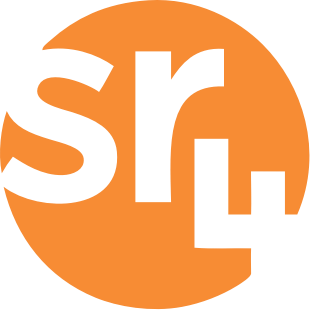How Teaching Innovation to MBA Students Can Create More Cohesive Teams
The Challenge
The Associate Director of Leadership Development at a top business school wanted a new course on innovation to be offered to part-time and weekend MBA students. They had evaluated a number of design thinking and innovation processes and chose ours because it had a self-assessment component whereby teams could learn about their own and their teammates’ preferences within the process (essentially, which phases they were energized by and which phases were draining to them). This was helpful in determining how to leverage the strengths of each team member, which would provide valuable information into how to work more cohesively.
This challenge is one of developing cohesive teams – cohesive teams are psychologically safe, generate more innovative ideas, make more informed decisions, and perform better.
The Engagement
After clarifying objectives, we designed a course that offered students hands-on experiences with a proven innovation process that they could apply to how they worked in teams at school and in their places of work. The course design included a feedback-loop that allowed for additional improvements each time the course was offered.The simplicity of the four-step model was appreciated and easily applied to school teams and work teams across a variety of industries to help them work more cohesively.
The Results
Through ongoing feedback, we’ve been able to check and adjust objectives and course experiences to the preferences of various student groups. As a regularly offered session, the success of this program is apparent as a Level Two Innovation Training has been developed to complement Level One. The leadership development department has also adopted the process and incorporated it into how they work together and develop new offerings for the business school’s programs.
The sr4 Insight
By carefully listening to client objectives and aspirations before diving into a solution, we are able to align instructional design to desired outcomes and give students and staff a tool to help their teams work more cohesively to think more creatively and drive innovation. Also, real-time feedback allows us to adapt to different learning preferences and create frameworks that can be applied more broadly than originally anticipated.

